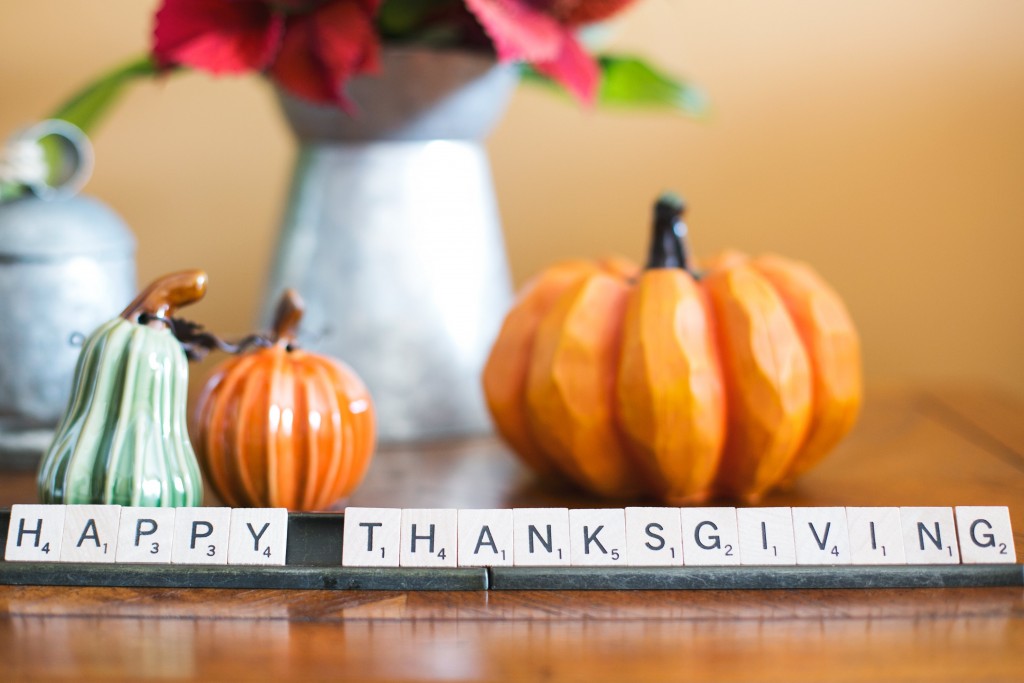 The thought of holiday celebrations can bring feelings of both warmth and excitement. We all look forward to Grandma’s special recipe or our favorite holiday dish. Thanksgiving is certainly no exception, and the last thing you need on your holiday plate is a big serving of Salmonella.
The thought of holiday celebrations can bring feelings of both warmth and excitement. We all look forward to Grandma’s special recipe or our favorite holiday dish. Thanksgiving is certainly no exception, and the last thing you need on your holiday plate is a big serving of Salmonella.
Following a few simple pieces of advice can help keep your family healthy this Thanksgiving and reduce your risk of becoming ill from eating your favorite goodies.
Thawing your turkey
Before the big day comes, you’ll need to start thawing your turkey. It is recommended to thaw the turkey in the refrigerator. A 12 pound bird will take approximately three days to thaw completely. That’s about one day for every four pounds of bird. Thawing items in the refrigerator prevents them from creeping into the temperature danger zone, which limits the growth of bacteria. You can also thaw your turkey in cold water right before cooking. Not fully thawing your bird could result in uneven and improper cooking.
Safe handling
Remember to wash your hands before working with any food products. Your hands carry bacteria from surfaces you touch to the food you eat. Ensure the surfaces that come into contact with the raw turkey are properly cleaned before and after prep, and yes, this also means your hands. Washing them before prep isn’t enough. We need to clean hands with soap and water after handling the raw bird, especially before touching any other surfaces or utensils that will be used for the preparation of fruits or vegetables to prevent cross contamination.
Safe cooking
Cooking times vary depending on many factors. Things like turkey weight or type of oven can change how quickly your turkey cooks. Ensure the turkey reaches a proper cooking temperature of 165°F overall by taking a temperature of the thickest part of the bird. A large turkey may require a few temperature readings to ensure it has reached a proper temperature throughout the bird. What’s Thanksgiving without the stuffing? If the bird is stuffed, the stuffing temperature should also reach 165°F.
Leftovers
No Thanksgiving is complete without the leftovers. To prevent harmful bacteria from growing in your leftovers, ensure remaining food is placed in the refrigerator within two hours after you finished cooking it. It is best to use the leftovers within a few days, but they can also be frozen to keep them for longer. If items are still a bit warm while refrigerating, place them in a container with proper ventilation to allow for proper cooling.
Since Thanksgiving is an important time for enjoying family and friends, why not keep the focus on making cheerful memories, instead of foodborne illness? Following these simple tips can ward off any unwanted guests in the form of bacteria.
For more information on food safety, visit the Arizona Department of Health Services Food Safety and Environmental Services page. You can also visit the USDA Thanksgiving Toolkit to Prevent Foodborne Illness page.









